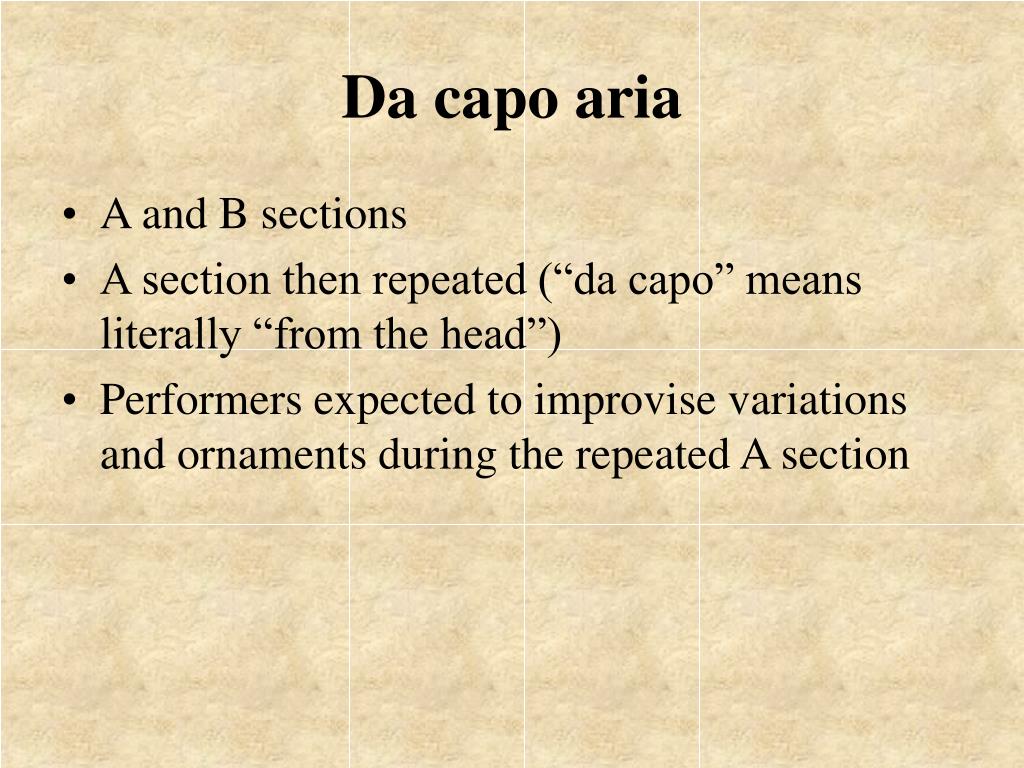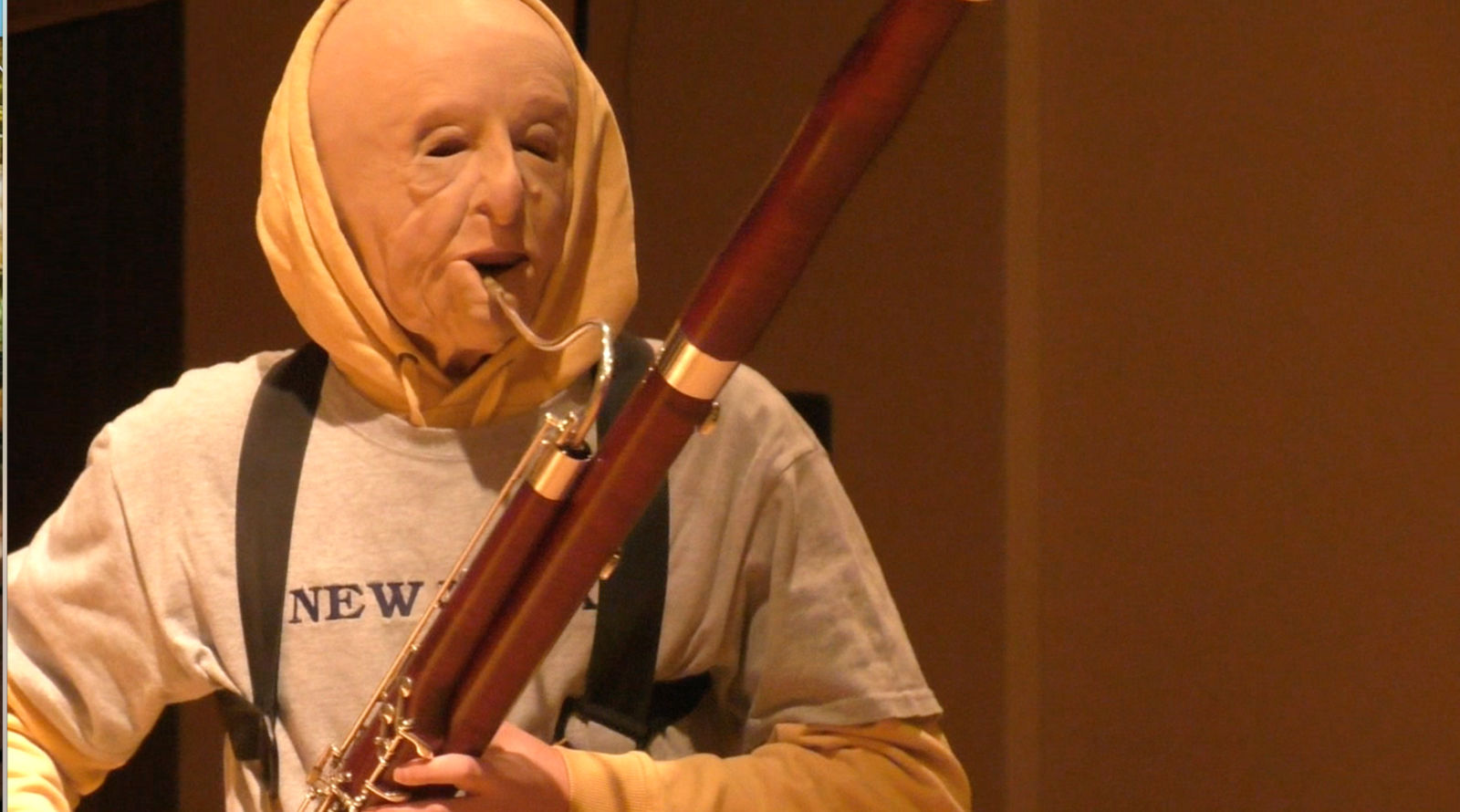

It launched Millay to fame as a writer and was regarded as one of the finest American verse plays. Millay and her sister went on to join the Provincetown Players, where the play was produced as part of a triptych of one-acts, (though it was highlighted by the New York Times as the “mainstay” of the evening. Prominent examples include the da capo aria 'The trumpet shall sound' from Handel 's Messiah, Chopin 's Prelude in D-Flat. Like Italian opera itself, the da capo aria was much admired and imitated throughout Europe. Ternary form, sometimes called song form, 1 is a three-part musical form consisting of an opening section (A), a following section (B) and then a repetition of the first section (A). Millay used this structure to form the play and wrote in verse to mirror the musicality.Ī pacifist, anti-war play, it was written by Millay shortly after her graduation from Vassar. The da capo aria was the musical mainstay of late Italian Baroque opera, an A-B-A form for setting short, usually contrasting, strophes, with a return ( da capo to the head) to the initial words and music. Aria buffa: A comedic aria frequently performed by a bass or a baritone in opera buffa (comic opera).

Aria di bravura: An aria of bravery, often given to a heroic soprano in opera seria (dramatic opera). This type of composition is divided into three sections. A Blissful Play of Power Exchange: I am a strong dominant woman who will deliver quite possibly the best Spanking youve ever received. Listen to George Frideric Handels two arias from Hercules and Tamerlano as introduced and sung by Ian Bostridge. Aria parlante: A 'speaking style' aria closely related to recitative vocal performance. The da capo aria was performed by singers who were often accompanied by either several instruments or a small orchestra. The composition is divided into three sections: the first a complete piece, the second a marked contrast to the first in mood and tempo, and the third repeating the first. Aria da Capo, the play’s title, is a reference to a Baroque musical form, popular in the seventeeth to mid-eighteenth centuries. Cothurnus hides their bodies under the table on stage and allows Pierrot and Columbine to resume the harlequinade that he had earlier interrupted.Īria da Capo, the play’s title, is a reference to a Baroque musical form, popular in the seventeeth to mid-eighteenth centuries. The action consumes them and they transform from friends to bitter enemies, ultimately killing each other. He clears Pierrot and Columbine off the stage and brings on Thyrsis and Corydon, two naïve shepherds, to stage their own performance, in which they play two rivals. Cothurnus, the fifth character, appears and begins to manipulate the action on stage. The play opens with a harlequinade, with the commedia dell’arte characters Pierrot and Columbine on stage performing.


 0 kommentar(er)
0 kommentar(er)
